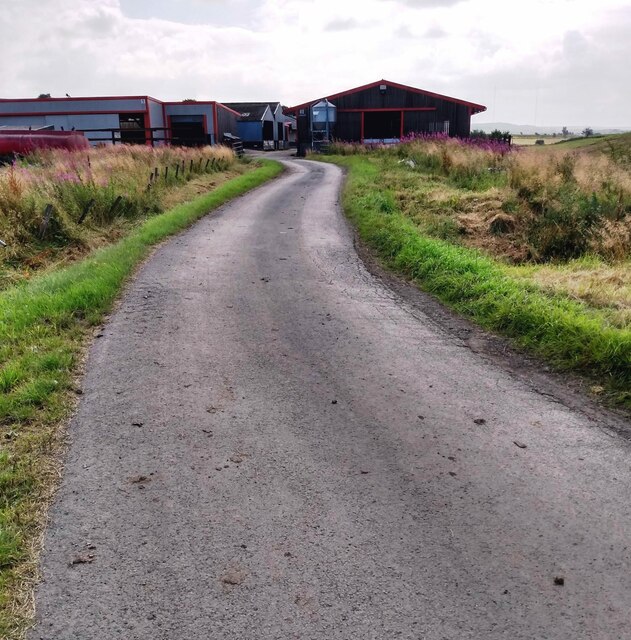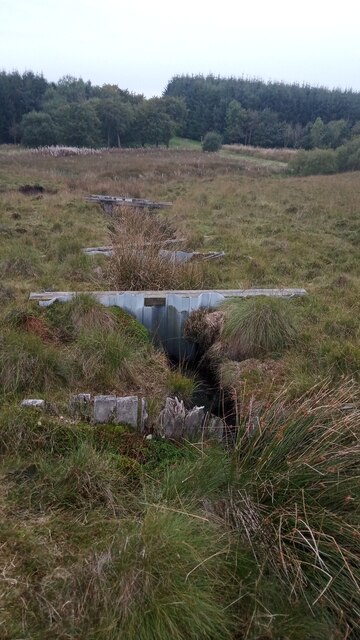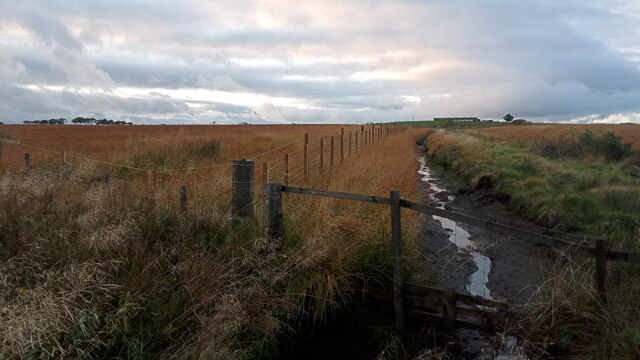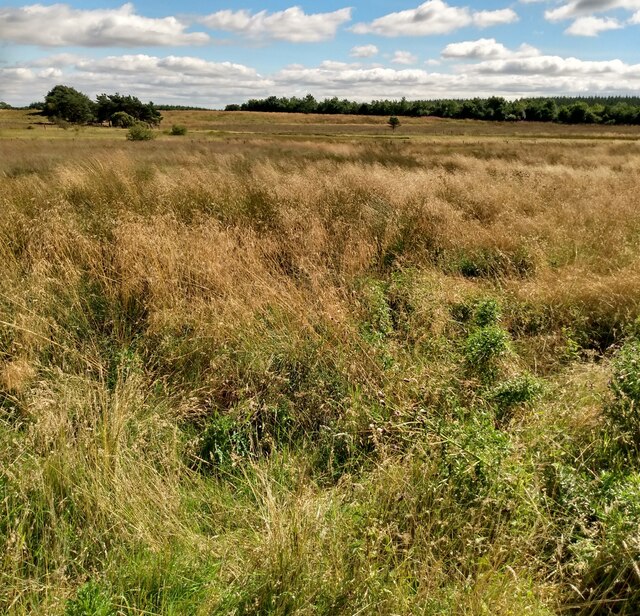Langside Wood
Wood, Forest in West Lothian
Scotland
Langside Wood

Langside Wood is a picturesque woodland located in West Lothian, Scotland. Covering an area of approximately 40 hectares, the wood is situated on the southern slopes of the Bathgate Hills, offering stunning views of the surrounding countryside.
The wood is predominantly composed of broadleaf trees, including oak, beech, and birch, creating a diverse and vibrant ecosystem. The lush undergrowth is home to a variety of plants and wildflowers, adding to the natural beauty of the area. Langside Wood is also known for its rich wildlife, with numerous species of birds, mammals, and insects making their home within its boundaries.
The wood features several well-maintained walking trails, providing visitors with the opportunity to explore the area and enjoy the peaceful surroundings. These trails are suitable for all ages and fitness levels, making Langside Wood a popular destination for families, nature enthusiasts, and hikers alike.
In addition to its natural wonders, Langside Wood has a rich historical significance. The site was once used for iron ore mining during the 19th century, and remnants of this industrial past can still be seen today. The wood is also home to the ruins of Langside Castle, a 16th-century tower house that adds an air of mystery and intrigue to the woodland landscape.
Overall, Langside Wood offers a perfect blend of natural beauty, recreational opportunities, and historical interest, making it a cherished destination for both locals and tourists seeking a peaceful retreat in the heart of West Lothian.
If you have any feedback on the listing, please let us know in the comments section below.
Langside Wood Images
Images are sourced within 2km of 55.887512/-3.7950756 or Grid Reference NS8767. Thanks to Geograph Open Source API. All images are credited.




Langside Wood is located at Grid Ref: NS8767 (Lat: 55.887512, Lng: -3.7950756)
Unitary Authority: West Lothian
Police Authority: The Lothians and Scottish Borders
What 3 Words
///intention.bicker.bachelor. Near Blackridge, West Lothian
Nearby Locations
Related Wikis
Hillend Loch Railway Path
The Hillend Loch Railway Path, also known as the Airdrie to Bathgate Railway Path, is a rail trail located in central Scotland. The path is approximately...
Blawhorn Moss
Blawhorn Moss is a raised bog located to the northwest of the village of Blackridge, about 6 kilometres (3.7 mi) west of Armadale in the council area of...
Blackridge, West Lothian
Blackridge (Scots: Blackrig, Scottish Gaelic: An Druim Dubh) is a small town in the western part of West Lothian, Scotland. The village name dates to 1581...
A89 road
The A89 is a trunk road in Scotland, United Kingdom. It runs from High Street, Glasgow to Newbridge in Edinburgh. It was once the A8, which has now been...
Nearby Amenities
Located within 500m of 55.887512,-3.7950756Have you been to Langside Wood?
Leave your review of Langside Wood below (or comments, questions and feedback).















